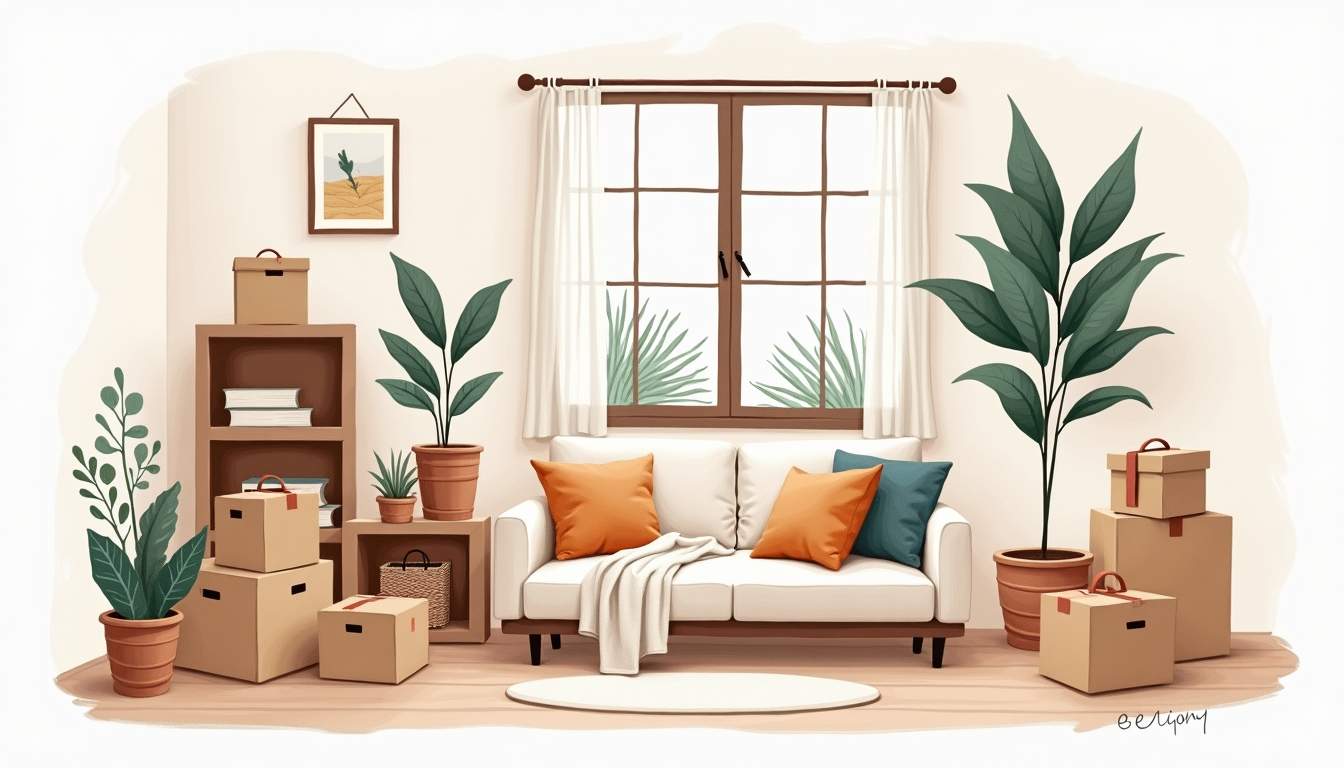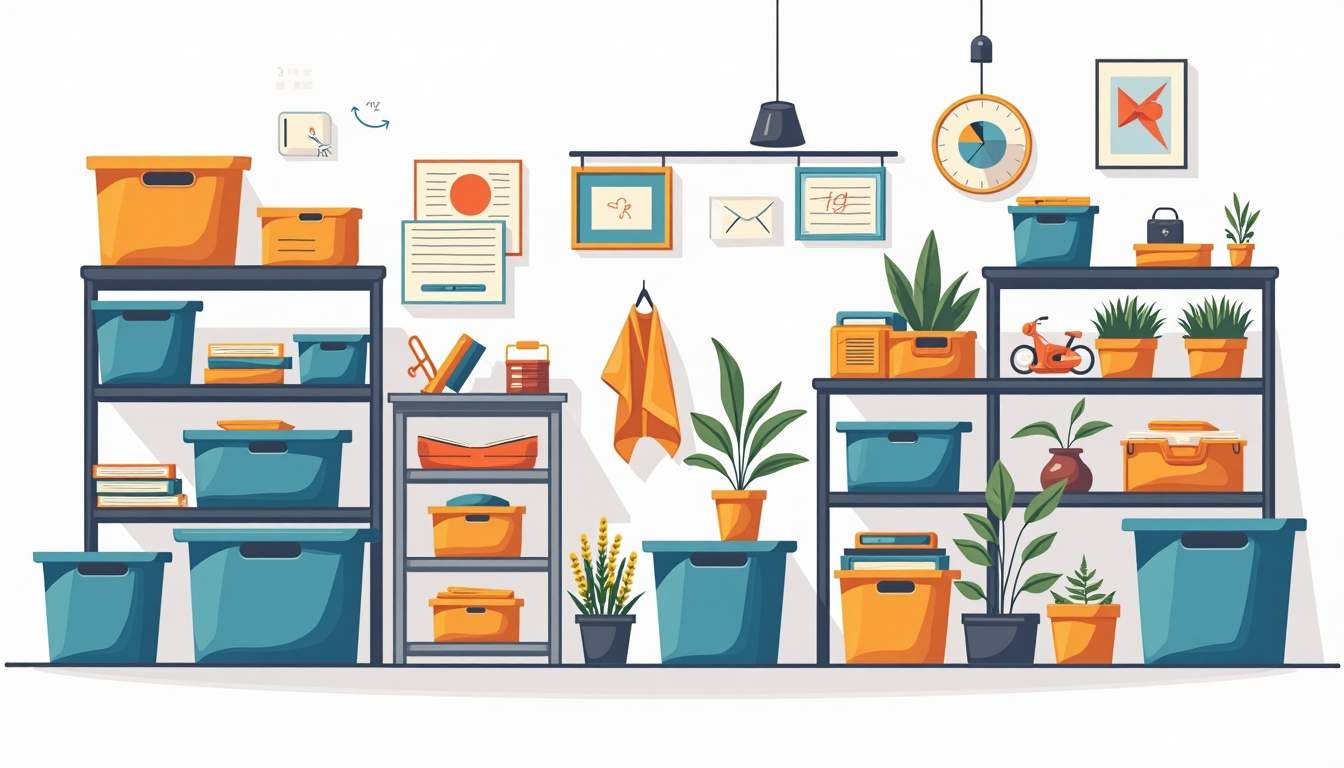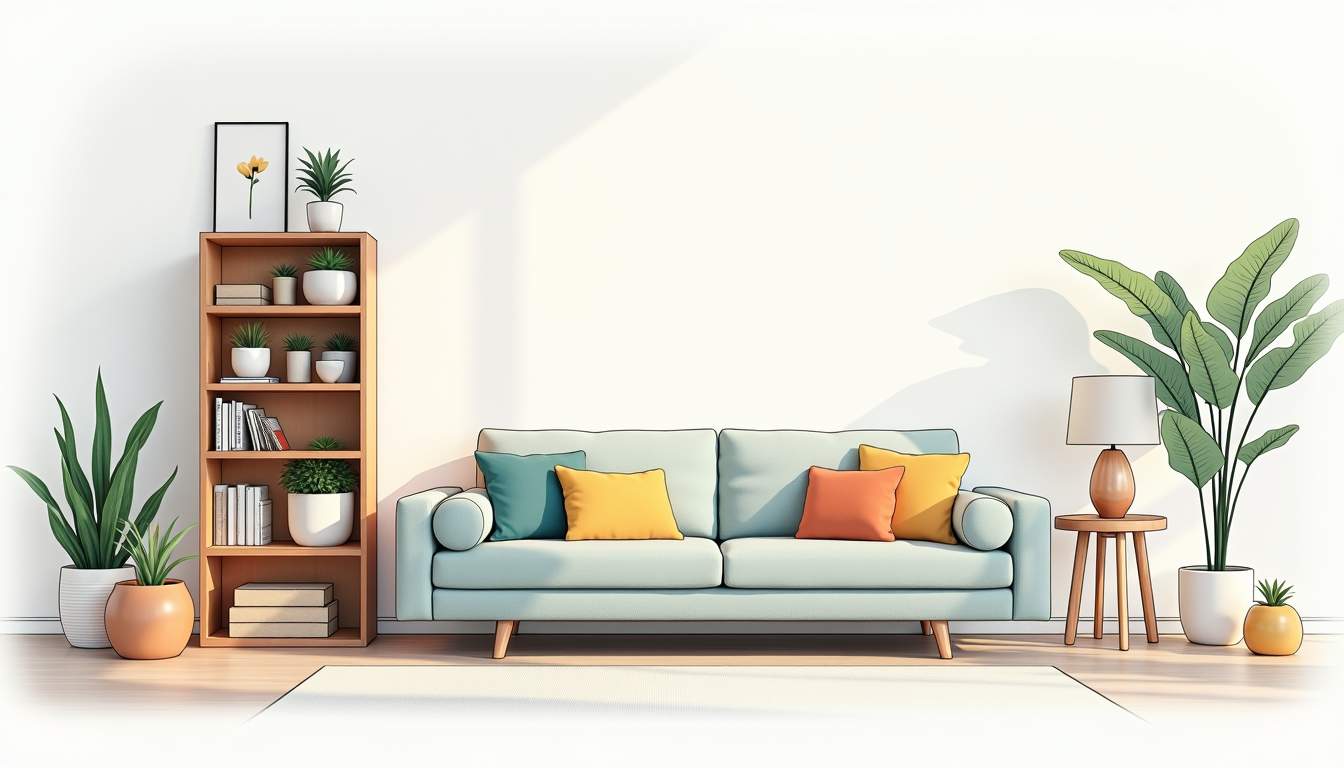Moving between homes, downsizing, or navigating temporary living arrangements can be a stressful experience. One of the biggest challenges during these transitions is managing belongings efficiently and safely. Flexible storage solutions offer a practical way to keep your possessions organized, protected, and accessible without committing to permanent setups. Whether you’re relocating for work, renovating your home, or simply in-between places, having adaptable storage options can make all the difference.
Understanding the Challenges of Transitional Living
Transitional living situations come with unique hurdles that require thoughtful planning. Unlike a permanent home where storage can be customized and stable, temporary arrangements demand flexibility and mobility. You might find yourself living in a smaller apartment, staying with friends or family, or using a short-term rental. In these cases, space is often limited, and storage needs can change rapidly.
Additionally, the uncertainty of how long you’ll be in a particular place can make investing in bulky furniture or built-in storage impractical. You need solutions that can adapt to different environments, be easily transported, and offer protection for your items during moves or storage periods. This often leads to the necessity of multi-functional furniture, which serves as both storage and living space, helping to maximize the utility of every square foot.
Moreover, the emotional aspect of transitional living can also pose challenges. The feeling of impermanence can lead to stress and anxiety, as individuals grapple with the lack of a stable home base. Creating a sense of belonging in a temporary space can be difficult, yet it is essential for mental well-being. Personalizing your environment with small touches, such as photos or familiar decor, can help mitigate these feelings and foster a sense of comfort, even in a transient setting.
Common Transitional Living Scenarios
Some typical situations where flexible storage becomes essential include:
- Relocating for a new job: When moving to a new city or state, you might not have immediate access to permanent housing.
- Home renovations: Temporarily moving out or rearranging your living space requires storing furniture and belongings safely.
- Downsizing: Moving from a larger home to a smaller apartment often means you need to store excess items offsite.
- Student living: College students frequently move between dorms, apartments, and home, needing compact and portable storage.
- Military deployments or assignments: Service members and their families often require flexible storage solutions during relocations.
Each of these scenarios presents its own set of challenges, but they also offer opportunities for creative problem-solving. For instance, students might consider utilizing under-bed storage solutions or modular shelving that can be easily disassembled and reconfigured. Similarly, families undergoing renovations can benefit from renting temporary storage units that allow for easy access to their belongings while keeping their living space organized. To explore reliable options, you can visit Cheap Movers Singapore for tailored storage solutions. Understanding the specific needs of each transitional living situation can lead to more effective and tailored storage solutions, ultimately making the experience less stressful and more manageable.
Types of Flexible Storage Solutions
Choosing the right storage solution depends on your specific needs, the volume and nature of your belongings, and how long you’ll require storage. Here are some of the most effective and adaptable options available today.
Portable Storage Containers
Portable storage containers have revolutionized the moving and storage industry by combining mobility with convenience. These containers are delivered to your location, allowing you to pack at your own pace. Once filled, the company picks them up and either stores them in a secure facility or delivers them to your new address.
This option is ideal for people who want to avoid multiple trips to a storage unit or moving truck. The containers come in various sizes, making it easy to store anything from a few boxes to an entire household’s worth of belongings. Additionally, they are weather-resistant and secure, offering peace of mind during transitions.
Self-Storage Units
Traditional self-storage units remain a popular choice for many in transitional living situations. These units range from small lockers to large garage-sized spaces and are typically rented on a month-to-month basis. Facilities often provide 24/7 security, climate control, and easy access, making them suitable for storing everything from seasonal clothing to furniture.
One of the key benefits is the flexibility to rent only as much space as you need and to adjust your rental period as your situation changes. Many storage facilities also offer drive-up access, which simplifies loading and unloading heavy or bulky items.
Modular and Collapsible Storage Solutions
For those who prefer to keep their belongings close but need adaptable storage furniture, modular and collapsible storage options are a smart choice. These include stackable bins, foldable crates, and modular shelving units that can be rearranged or broken down as needed.
Such solutions are especially useful in small apartments or temporary housing where space is at a premium. They allow you to organize your belongings efficiently without committing to permanent fixtures. Plus, many are made from lightweight materials, making them easy to move or transport.
Under-Bed and Multi-Functional Furniture
Maximizing space is crucial in transitional living, and multi-functional furniture can provide hidden storage without sacrificing style or comfort. Beds with built-in drawers, ottomans with storage compartments, and coffee tables that double as storage chests are excellent examples.
These pieces help keep your living area tidy while providing easy access to your belongings. Because they serve dual purposes, they reduce the need for additional storage units, which is perfect for temporary or small living spaces.
Tips for Efficient Packing and Organizing
Choosing the right storage solution is only part of the equation. How you pack and organize your belongings can significantly impact your experience during a transition. Here are some practical tips to make the process smoother and more efficient.

Sort and Declutter Before Packing
Moving or storing items temporarily is an excellent opportunity to evaluate what you truly need. Sorting through your belongings and decluttering can save space and reduce costs. Donate, sell, or recycle items you no longer use or want. This not only lightens your load but also makes unpacking easier when you settle into your next place.
Use Uniform Containers and Label Clearly
Using uniform boxes or bins simplifies stacking and organizing. Clear containers are especially helpful because you can see what’s inside without opening them. Regardless of container type, labeling each box with its contents and destination room can save time and frustration later.
Protect Fragile Items
Fragile items require extra care during packing and storage. Use bubble wrap, packing paper, or soft textiles like towels and blankets to cushion delicate objects. Consider specialized boxes for items like dishes, glassware, or electronics to prevent damage.
Keep Essentials Accessible
When storing belongings temporarily, pack a separate “essentials” box or bag with items you’ll need immediately upon arrival or during your stay. This might include toiletries, a change of clothes, important documents, chargers, and basic kitchenware. Keeping these items handy can reduce stress and help you settle in quickly.
Choosing the Right Storage Provider
When opting for third-party storage solutions, selecting a trustworthy and reliable provider is crucial. Here are some factors to consider when evaluating storage companies or services.

Security and Accessibility
Look for facilities or services that offer robust security measures, including surveillance cameras, gated access, and on-site staff. Accessibility is also important—check the hours of operation and whether you can access your belongings when needed.
Climate Control
If you’re storing sensitive items such as electronics, artwork, or important documents, climate-controlled units can protect against extreme temperatures and humidity. This feature is often worth the extra cost for valuable or delicate possessions.
Flexible Rental Terms
Since transitional living situations can be unpredictable, choose storage providers that offer month-to-month rentals without long-term commitments. This flexibility ensures you’re not locked into a contract if your plans change.
Customer Reviews and Reputation
Research customer feedback and reviews to gauge the quality of service. Positive testimonials can indicate reliable customer support, clean facilities, and fair pricing. Don’t hesitate to ask for recommendations from friends or colleagues who have used storage services in similar situations.
Innovations in Storage Technology
Advancements in technology have introduced new ways to enhance storage convenience and security. Some modern storage solutions incorporate smart features that can be particularly beneficial for those in transitional living scenarios.
Smart Locks and Access Control
Many storage facilities now offer smart locks that allow you to control access via smartphone apps. This technology enables you to grant temporary access to movers or family members without sharing physical keys, improving security and convenience.
Inventory Management Apps
Keeping track of your stored items can be challenging, especially if you have multiple boxes or containers. Inventory management apps let you catalog your belongings by photographing and tagging each item or box. This digital inventory can save time when searching for specific things and help you stay organized.
Temperature and Humidity Monitoring
Some advanced storage units come equipped with sensors that monitor environmental conditions in real time. Alerts can notify you if temperatures or humidity levels exceed safe ranges, allowing you to take action before damage occurs.
Conclusion
Transitional living situations don’t have to be chaotic or overwhelming. By embracing flexible storage solutions tailored to your unique needs, you can protect your belongings, maximize space, and reduce stress during times of change. Whether you choose portable containers, self-storage units, modular furniture, or a combination of these options, the key is adaptability and thoughtful organization.

Remember to plan ahead, declutter, and select providers and products that offer security and convenience. With the right approach, storage can become a valuable tool that supports your lifestyle, no matter where life takes you next.








